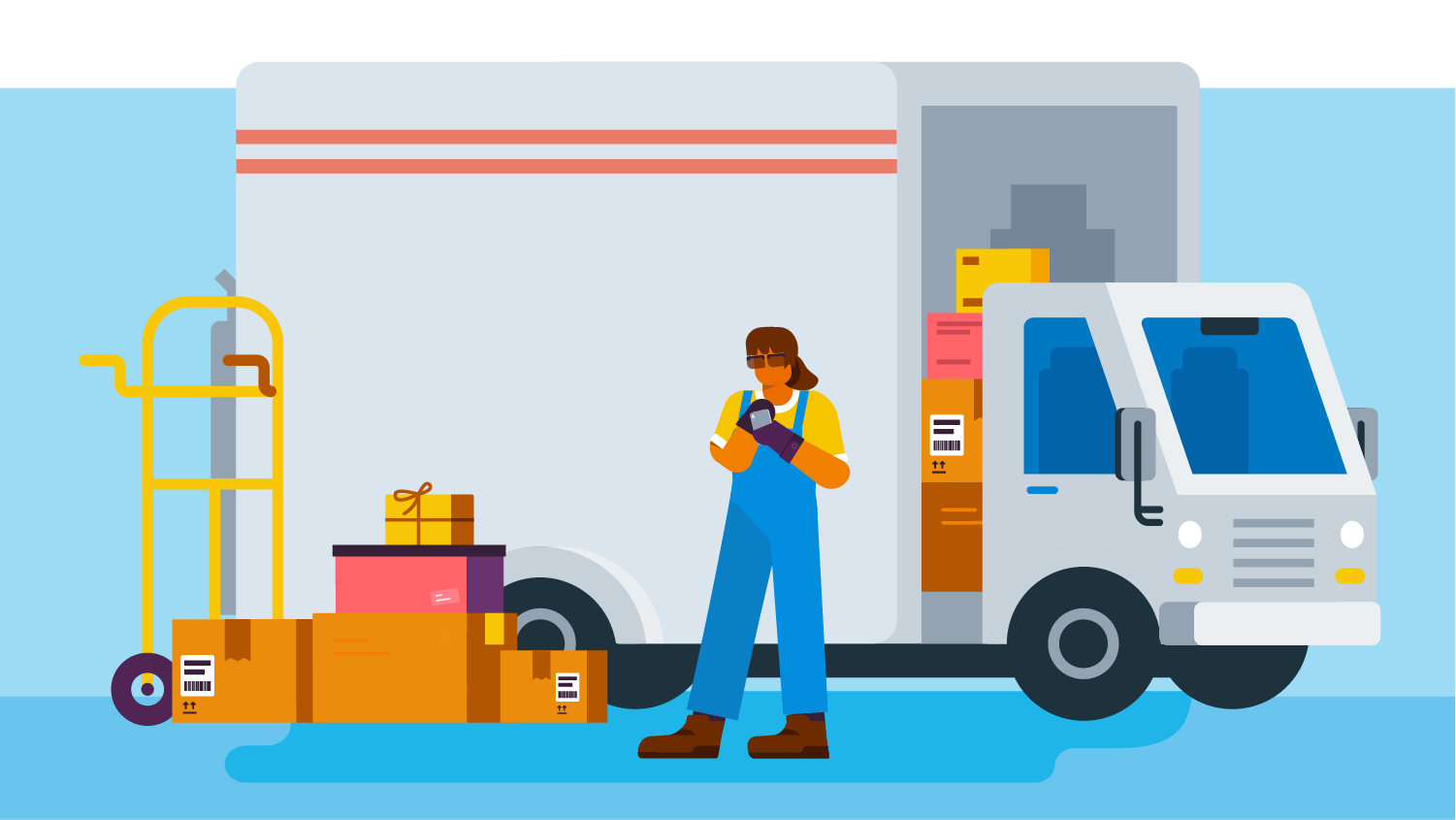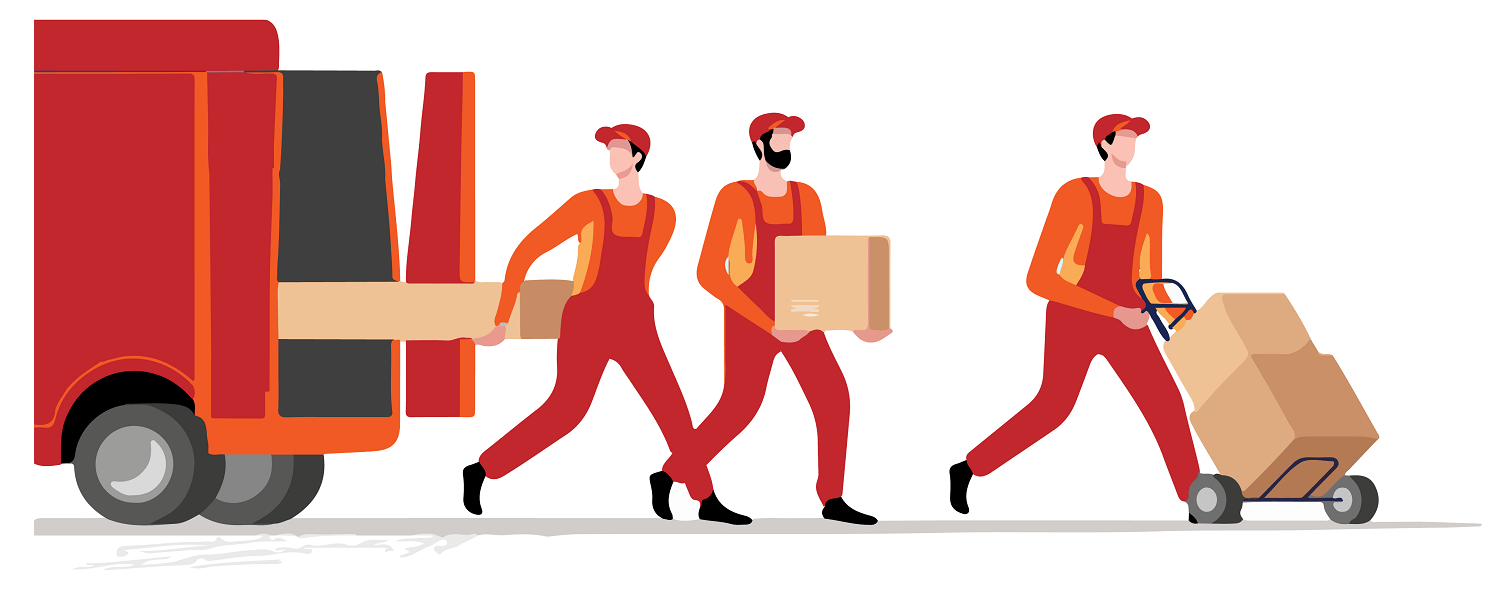Long Term Storage Movers: Expert Moving Professionals Can Help Make Your Transition Smooth And Hassle-free
History and Advancement of Moving Services
The Dawn of Moving: From Muscle to Machines
Image this: a handful of strong males carrying heavy trunks on wooden carts, navigating cobblestone streets with sweat and determination. Before the contemporary moving industry took shape, get more info moving was a brutal, labor-intensive job. In ancient times, moving frequently indicated relying on large physical strength and basic tools. The lack of specialized services suggested households and merchants had to coordinate every detail themselves, often risking damage or loss.
Isn't it interesting how requirement fuels innovation? As cities expanded and commerce thrived, the need for efficient, dependable moving solutions became glaringly apparent. Go into the age of horse-drawn wagons and later on, motorized vehicles, which reinvented how personal belongings traveled from one place to another.
Industrial Revolution: The Driver for Change
The 19th century's industrial boom improved lots of elements of life, including how individuals moved. Unexpectedly, metropolitan migration rose, and with it, the need for professional movers skyrocketed. No longer was moving an easy task; it progressed into a specialized service offering:
- Packaging expertise to secure delicate items
- Organized filling methods maximizing space
- Transportation solutions customized to different distances
This period marked the birth of companies committed exclusively to moving, preparing for today's complex logistics and customer-centric methods.
Technological Developments and Their Impact
Can you imagine moving without contemporary equipment? The advent of hydraulic lifts, forklifts, and pallet jacks changed the industry over night. Suddenly, movers might handle large furniture and heavy devices with ease, reducing injuries and enhancing performance.
Additionally, the integration of digital technology sparked a brand-new wave of innovation. GPS tracking, online reservation platforms, and real-time stock management have ended up being staples in the moving services landscape. These tools not just improve openness but likewise empower consumers to stay linked and notified throughout their moving journey.
Secret Milestones in Moving Services Development
| Period | Advancement | Significance |
|---|---|---|
| Ancient Times | Manual labor and basic carts | Structure of moving as a need |
| 19th Century | Horse-drawn wagons and packaging services | Birth of professional moving companies |
| 20th Century | Motorized trucks and mechanized equipment | Increased performance and scale |
| 21st Century | Digital integration and GPS innovation | Improved customer experience and logistics |
Reflections on the Journey
Reviewing the evolution of movers, one might wonder: how did an easy act of transporting personal belongings end up being a sophisticated market? It's a tale of strength, adaptation, and continuous improvement. From the sweat-soaked streets of old to the precision-driven operations these days, the history of moving services is as vibrant as the individuals who depend on them.
Next time you load a box or hire a mover, think about the layers of history ingrained in every step. The journey of movers encapsulates human resourcefulness, transforming what was once a challenging job into a smooth experience.
Checking out the Spectrum of Moving Services
When the time concerns shift your life from one address to another, the range of moving services readily available can seem like navigating a maze. Do you require an easy loading and discharging crew, or does your relocation demand the finesse of full packing and unpacking? Understanding the nuances can save hours of aggravation and unforeseen costs.
Typical Types of Moving Solutions
- Regional Relocations: Designed for relocations within a city or city, these services normally run on a per hour basis, ideal for short distances.
- Long-Distance Relocations: Covering moves beyond 100 miles, these need more coordination, from logistical preparation to secure transportation, typically priced by weight and range.
- Full-Service Relocations: Movers manage whatever-- packing, filling, transferring, unloading, and often even unloading. Suitable for those pressed for time or energy.
- Self-Service Relocations: You pack and load your possessions, while the company deals with transportation and unloading. A happy medium offering cost savings and some benefit.
- Specialized Relocations: For fragile, bulky, or important items like pianos, antiques, or art work, needing customized equipment and know-how.
Expert Tips to Browse Your Moving Service Choices
- Focus on Versatility: Select a service that adjusts to unforeseen hold-ups or last-minute modifications-- rigid schedules can turn a smooth relocation into a logistical problem.
- Inspect Insurance Options: Not all moving companies offer the exact same level of protection. Understanding your protection can prevent distress if something goes awry.
- Request In-depth Stocks: A precise item list prevents disagreements and guarantees responsibility, particularly when dealing with long-distance or specialty relocations.
- Think About Season: Seasonal need can affect availability and prices. Early reserving during off-peak seasons may grant much better service and flexibility.
- Ask About Packaging Materials: High-quality boxes, bubble wrap, and padding can be the distinction between a scratched treasure and a beautiful arrival.
Table: Service Characteristic Compared
| Service Type | Who Packs? | Transport Mode | Common Pricing Model | Suitable For |
|---|---|---|---|---|
| Local Move | Client or Movers | Truck | Hourly | Short ranges, small loads |
| Long-Distance Move | Movers | Truck or Container | Weight & & Range | Cross-state or regional relocation |
| Full-Service Move | Movers | Truck | Flat or Weight-Based | Time-sensitive, high-stress moves |
| Self-Service Move | Consumer | Truck or Container | Flat or Per hour | Cost-conscious, hands-on movers |
| Specialty Move | Movers with proficiency | Specialized Equipment | Customized Quote | Vulnerable or valuable items |
The Unseen Intricacy Behind Each Option
Have you ever questioned why moving seems uncomplicated on television however turns into a waterfall of last-minute choices in reality? The reality lies in the complexities of each service type. Full-service moves might seem like a high-end, but the proficiency involved in packaging delicate treasures or disassembling large furnishings is a craft developed over years. Deciding for a self-service move might conserve cash, but it demands a keen understanding of how to pack efficiently-- did you know that stacking oddly shaped boxes incorrectly can trigger internal moving throughout transit, trashing fragile contents?
Selecting the right type of moving service is not almost benefit-- it has to do with safeguarding your memories and investments. What's your relocation's story going to be?

Packing and Moving Methods
Ever attempted to fit a travel suitcase that simply won't close? That's the kind of puzzle expert movers resolve daily-- but on a much larger scale. The secret lies not in brute force but in strategic placement and smart usage of space. Packaging isn't merely about stuffing products into boxes; it's an art type where every inch counts.
Layering for Success
Picture a painter layering colors to develop depth. Likewise, when packaging, start with heavier products at the bottom, then cushion with softer materials like bubble wrap or towels. This prevents damage and takes full advantage of box stability. Unusually formed items can slip into spaces, decreasing wasted space.
- Wrap fragile products individually with tissue or foam to avoid scratches.
- Use clothes as cushioning-- it's both efficient and eco-friendly.
- Fill empty areas with packaging peanuts or crumpled paper to reduce movement.
Labeling: The Unsung Hero

What great is best packaging if you invest hours searching through boxes? In-depth labeling is a game-changer. Rather of unclear tags like "Kitchen area," attempt this technique:
| Label | Description | Priority |
|---|---|---|
| Fragile - Glassware | Manage with care, consists of delicate products | High |
| Fundamentals - Very First Night | Products required immediately after moving | Immediate |
| Books - Study Room | Stacked, heavy books | Medium |
Strategic Packing Tips
- Disassemble large furnishings and keep screws in labeled bags taped to the pieces.
- Usage uniform box sizes when possible-- stacking ends up being simpler and safer.
- Don't overpack boxes; weight limitations exist for a factor. Objective for 40-50 pounds max.
- Wrap furnishings edges with moving blankets to prevent scratches throughout transit.
- Seal boxes with top quality packaging tape-- double layers on the bottom are essential.
Why do some movers swear by a color-coded system? Due to the fact that it eliminates guesswork on moving day. Designate each space a color and mark boxes accordingly. This little step can conserve hours when unloading and unloading.
Packing and moving need precision-- like a chess video game where every relocation counts. Have you ever discovered how some movers handle bulky items easily? They utilize angles and pivot points to navigate tight corners without damage. It's not muscle; it's technique.
Unseen Battles Behind the Moving Van Doors
Ever viewed a group of professional movers carry a grand piano through a narrow doorway and wondered how they pull it off without a scratch? The art of moving isn't simply muscle and trucks; it's a delicate dance with unpredictability. Weather can turn from a sunlit blessing to a torrential menace in minutes, turning a straightforward drive into a logistical labyrinth.
One notorious hurdle is the labyrinthine layout of some homes or apartment or condos. Staircases too tight for dollies, doorways narrower than basic boxes, or elevators that hardly fit a sofa-- these physical peculiarities demand inventive options on the spot. Movers frequently turn to non-traditional methods like disassembling furniture or utilizing tailor-made padding to secure both the product and the home.
Accuracy Packaging: More Than Simply Covering
It's appealing to think packing is simply packing boxes, but the reality is an intricate puzzle of weight distribution and fragility. Movers should anticipate how items will move during transit-- a mistake can indicate shattered heirlooms or dinged up appliances. The secret weapon? Strategic layering and utilizing materials with particular shock-absorbing qualities.
- Bubble wrap is basic, but alternating it with foam sheets can considerably reduce effect damage.
- Heavy products address the bottom; fragile ones nestle on top, cushioned by soft fabrics.
- Identifying boxes not just by contents but by dealing with directions makes sure quicker, safer discharging.
Another less spoke about strain is the mental toll. The clock ticks non-stop, and every delay ripples through tight schedules. Staying calm in the middle of chaotic last-minute modifications requires psychological dexterity and group synergy.
Traffic Congestion and Timing: The Undetectable Challengers
| Obstacle | Expert Method | Effect |
|---|---|---|
| Urban blockage | Path optimization apps and versatile scheduling | Minimizes delays and fuel usage |
| Parking constraints | Pre-arranged authorizations or tactical parking close by | Prevents fines and time loss |
| Unpredictable weather condition | Waterproof coverings and contingency plans | Preserves the condition of products and devices |
Do you actually know what it takes to keep a moving day on track? It's not almost strength or stamina; it's about insight, flexibility, and a deep understanding of every piece of the puzzle. The next time you see movers at work, remember: behind that smooth operation lies a series of computed maneuvers and fast thinking that few ever notification.